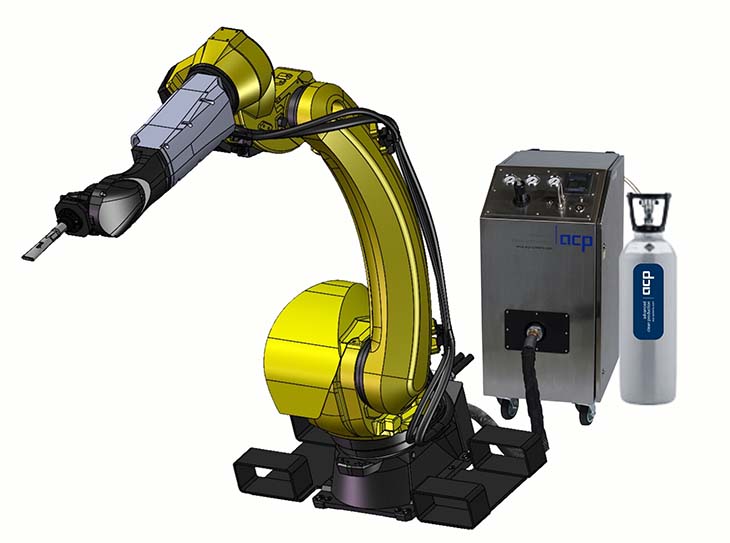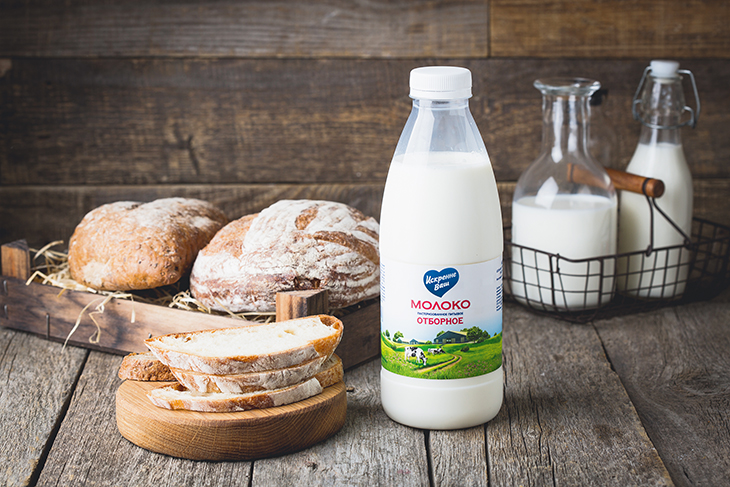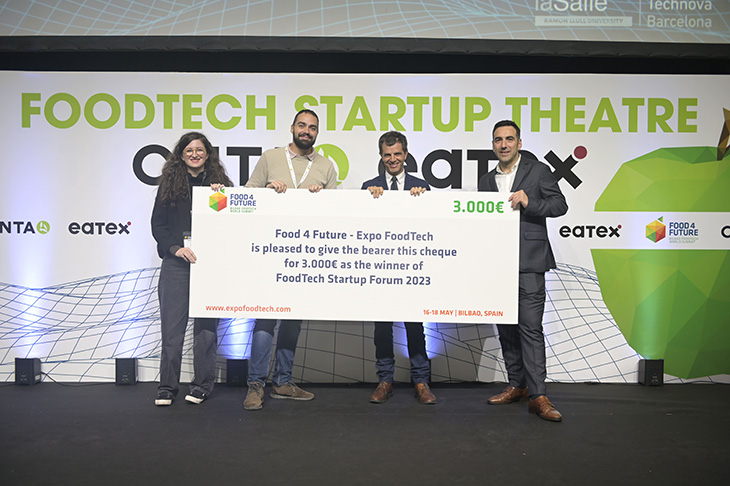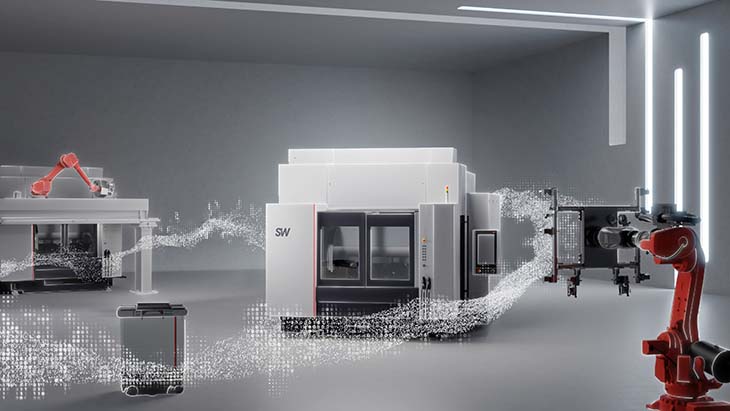Committing to a circular economy needs acceptance that our cumulative efforts will repay us ten-fold, rather than promoting it as 'someone should do something'.
Design for Recycling is better for everyone. We can all do something.
We live in a world with finite resources, but it's also a world where people are busy, want to eat conveniently on-the-go, to live in their own homes, and go on holiday. Design for Recycling (DfR) plays a crucial role in rounding the square that is environmental impact across all design and manufacturing.
The basic premise of DfR regarding packaging is that it is far better to design packaging that is easy to recycle with existing technologies after use, than to focus on creating ways to recycle complex packaging. Core elements include assessing how the different constituent polymer materials separate in the recycling process, and how additives, colourants and added material such as labels, closures and inks can hinder the recyclability of the final packaging.
By working with the guidelines offered by Plastics Recyclers Europe, the organisations that represents the €18bn plastic recycling sector, and its free online recyclability rating tool created by RecyClass, global plastic packaging manufacturer RETAL is proudly integrating DfR into its portfolio of preforms, closures and films.
Emmanuel Duffaut, RETAL's Sustainability Director says,“We actively promote RecyClass DfR principles and tools among our beverage and food brand customers to collaboratively assess and improve the recyclability of their packaging. In our recent customer survey, we were delighted to see that over 55% of customers wanted to further increase the recyclability of their preforms, caps and films and we're working together to make that happen in a cost-effective, practical way.”
By integrating DfR principles into its packaging KPIs alongside technical performance and cost efficiency, recyclability is at the start of the design process, supporting RETAL's circular economy approach and positively influencing the complete life cycle of its customers' products.
Doing more with less right from the start is the smart way to 'solve' the sustainability issue.

























